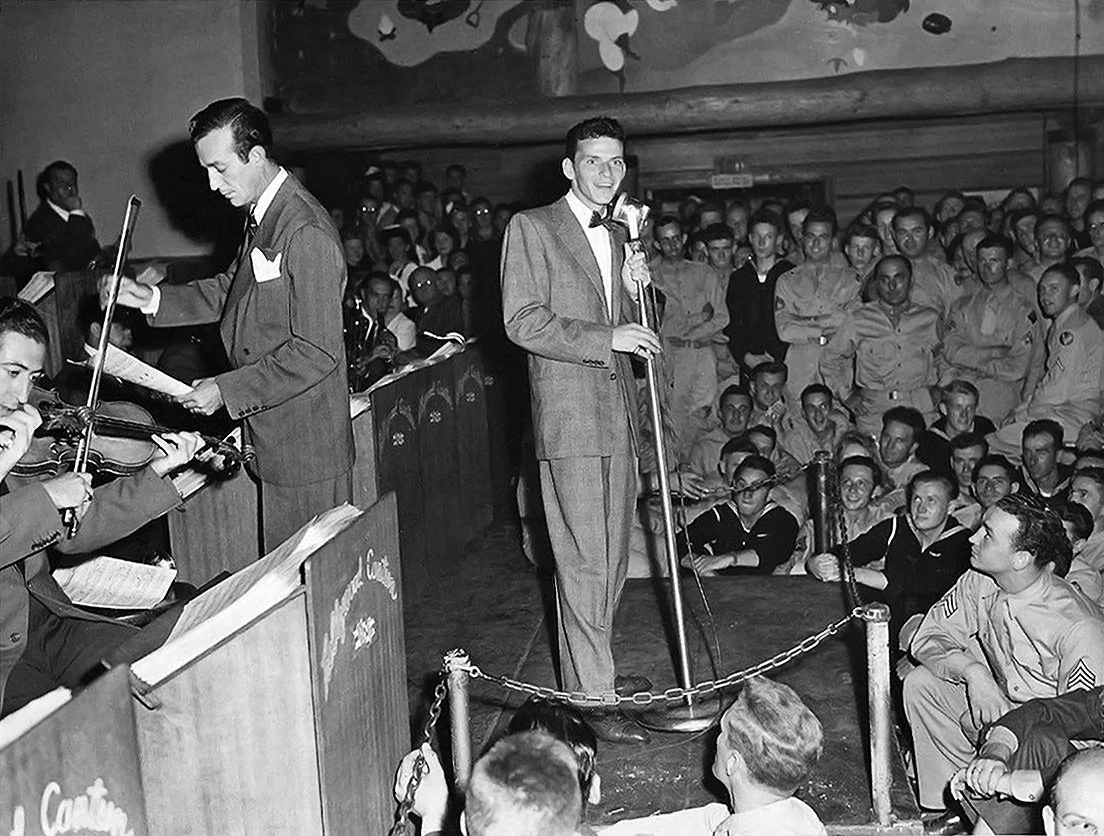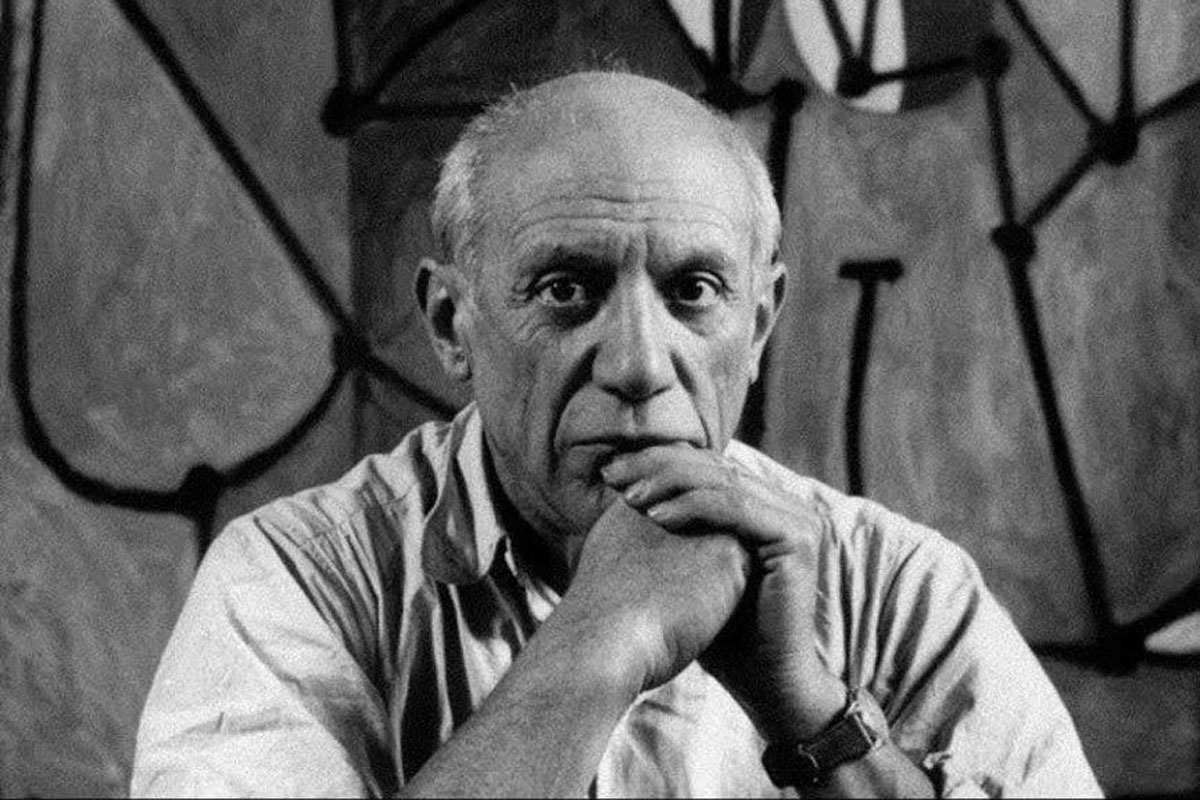This series of articles seeks to examine the character attributes of highly successful leaders, regardless of their adherence to a strong faith or moral standard. In presenting these thoughts, Leadership Ministries is not agreeing with or advocating these traits or practices, but rather presents these as ideas for discussion and development in your own leadership journey.
Frank Albert Sinatra (1915-1998) was an American singer and actor. He was one of the most popular entertainers of the Twentieth Century, selling more than 150 million records globally. Nicknamed the “Chairman of the Board” and “Ol’ Blue Eyes”, his 60-year career ushered in the long-form album of 10-12 songs. He released his first collection on a 12-inch record, the same size as classical music recordings. It became the industry standard for a recording artist. He was an immensely talented singer, with a troubled home and personal life that leaves little example to emulate.
Sinatra was the only child of Italian immigrants, born in Hoboken, New Jersey. He was 13.5 pounds at birth, and had to be delivered with the aid of forceps—this resulted in a perforated left eardrum, which Sintra contended with his entire life. His mother was bombastic and politically active, while his father was a bantamweight boxer who later worked for the fire department. Sintra was raised Catholic. At a young age, he developed an interest in music, listening to big band jazz and idolizing stars like Bing Crosby.
Sinatra couldn’t fight in World War II, but did several USO tours to entertain troops. Photo: Wikipedia
Birth of the superstar. Sinatra began singing as a teenager, and got his break in 1935 in a group called the “Hoboken Four”. In 1939, he recorded Our Love, his first solo. He took vocal training, and eventually became lead singer of the Tommy Dorsey band. By 1940, he had recorded and released 40 songs. Sinatra became a solo headliner in 1942 and his appeal to teenage girls became known as “Sinatramania.” His fans were called the “Bobby Soxers”. Over 1,000 Sinatra fan clubs sprang up across the country. He wasn’t drafted for service in World War II because of his perforated eardrum, but he did entertain the troops during several USO tours.
In 1944 there was a near riot outside of a Sinatra concert as more than 35,000 fans could not get a ticket. “Such was the bobby-soxer devotion to Sinatra that they were known to write his song titles on their clothing, bribe hotel maids for an opportunity to touch his bed, and steal clothing Sinatra was wearing, most commonly his bow tie.”[1] During 1945 and 1946, Sinatra sang on 160 radio shows, recorded 36 times, and shot four films. By 1946, he was performing on stage up to 45 times a week, singing 100 songs daily, and earning more than $93,000 a week.
Through the valley. Going into the 1950s, Sinatra had a series of poorly received records. A slump began in January 1950 with the death of his long-time publicist, George Evans. Shortly thereafter word broke of his affair with Ava Gardener, which led to the destruction of his marriage to wife, Nancy. In financial difficulty from the divorce, he had to borrow $200,000 from Columbia Records to pay back taxes. At the Desert Inn in Las Vegas, he played to half-filled houses. Record executive Mitch Miller claimed he “couldn’t give away” Sinatra’s albums. Columbia and MCA Records dropped Sinatra in 1952. Sinatra would marry four times, remaining with his last wife, Barbara, until his death.
In the 1960s, Sinatra and his friends Dean Martin, Joey Bishop, Peter Lawford and Sammy Davis, Jr., ruled Las Vegas, performing regularly and drawing huge crowds. They became known as the “Rat Pack”, and their antics on and off stage made headlines. Photo: Shutterstock
Frank had filmed a number of musical pictures in the 1940s. An early highlight was Anchors Aweigh with Gene Kelly in 1945, which had several Academy Award wins. In 1953 he filmed From Here to Eternity, about the months leading up to the attack on Pearl Harbor. It was a seminal performance that earned Sinatra the Academy Award for Best Supporting Actor as well as the Golden Globe for Best Supporting Actor. His later roles in Young at Heart andSuddenly cemented his reputation as an excellent dramatic actor.
Reinventing himself. In 1954, Sinatra released his first album for Capitol Records. The single Young at Heart received the Grammy for Song of the Year. Sinatra became one of Las Vegas’ pioneers in residency entertainers. He would fly from Los Angeles nightly to perform at Caesar’s Palace. From the late 1950s to the early 1970s, Sinatra’s albums and concerts became sellouts. He had a more mature, raspier voice, and picked songs with deeper lyrics and subtext. He insisted on recording live with the band and orchestra because he believed it added to the emotion and sense of his performance.
Sinatra could not read music, but he became a perfectionist in the studio and on stage, gaining an understanding of melodic structure, and following the patterns and groupings of notes closely. He mastered breath control, noting precisely where he would breathe, pause, hold a note, during each song. He insisted on direct input regarding arrangements and tempos of his songs, and would spend weeks thinking about those he would sing—how he would use his voice to set mood and tone for each selection. Wife Barbara Sinatra noted that after each show, Sinatra would be “in a buoyant, electrically charged mood, a post-show high that would take him hours to come down from as he quietly relived every note of the performance he'd just given.”
Sinatra continued to perform until just a few months before his death. He always wore expensive tailored suits and tuxedos on stage, believing that he should dress well and give each audience his very best performance. Photo: Shutterstock
Retirement and return. Sinatra eventually developed his own record label, Reprise, and built it into a powerhouse of the music industry which he later sold for $80 million. He recorded the last songs for Reprise in November 1970, and then announced a self-imposed retirement. Barbara Sinatra later said that Frank had grown “tired of entertaining people, especially when all they really wanted were the same old tunes he had long ago become bored by.” But by 1974 he had resumed performing and touring, and often lent his voice to political causes or charity benefits. He continued to record for the next 20 years, giving his last performance in February 1995.
A workaholic, Sinatra slept for less than four hours each night. He’d often get drunk and would snap at people for the slightest offense. He was prone to mood swings and deeply offensive behavior. But he was also known for his generosity, paying hospital bills for friends who had illness or a surgery. Early on Sinatra had befriended Italian mobsters, though mob ties faded when Sinatra befriended John F. Kennedy. Still, the FBI kept him under surveillance for nearly 50 years.
[1] https://en.wikipedia.org/wiki/Frank_Sinatra
Cover photo: Shutterstock


































Michael Jordan is a former professional basketball player and businessman. He played 15 seasons in the NBA and won six NBA championships with the Chicago Bulls.